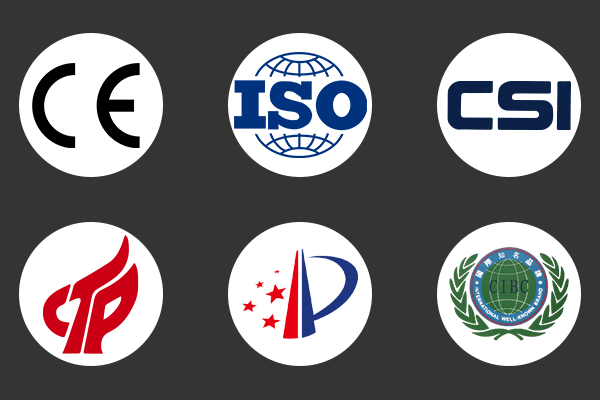Reciprocating Compressors
Reciprocating compressors have a long history of usage and are the most commonly used compressors in the domestic market. They offer advantages such as a wide pressure range, adaptability to a broad energy range, high speed, multi-cylinder configurations, adjustable energy, high thermal efficiency, and suitability for various operating conditions. However, they have disadvantages including complex structure, numerous vulnerable parts, short maintenance cycles, sensitivity to wet strokes, pulsation vibrations, and poor operational stability.
Principle: They compress the gas inside the cylinder through the reciprocating motion of the piston. Typically, this is achieved by converting the rotary motion of the prime mover into the reciprocating motion of the piston through a crank-connecting rod mechanism. The work completed in one rotation of the crankshaft can be divided into the suction process and the compression and exhaust process.
Construction: It includes components such as the body, crankshaft, connecting rod assembly, piston assembly, and cylinder sleeve assembly.
Advantages of Reciprocating Compressors:
• Within the general pressure range, they have low material requirements, often using ordinary steel materials, which are easy to process and have lower costs.
• They have relatively high thermal efficiency, with insulation efficiency of around 0.7-0.85 for large and medium-sized units.
• The working performance of the compressor is not significantly affected by the gas's density and characteristics, allowing a single compressor to be used for different gases.
• Reciprocating compressor technology is relatively mature, with accumulated experience in production and usage.
• They exhibit strong adaptability during volume regulation, with a wide range of exhaust capabilities that are unaffected by pressure levels. They can meet a broad range of pressure requirements and refrigeration capacity demands.
Disadvantages of Reciprocating Compressors:
• They have a complex and bulky structure, with numerous vulnerable parts, resulting in significant maintenance workload.
• Vibrations occur during machine operation.
• Discontinuous exhaust and pulsating airflow can cause pipeline vibrations. In severe cases, this can lead to damage to the network or components due to airflow pulsation and resonance.
• They have high power losses and reduced efficiency during partial load operations.
• In large-scale factories with multiple compressor units, there is a higher number of operators or a higher workload for the personnel.
 marketing@artecomy.com
marketing@artecomy.com +86 13318205909
+86 13318205909 EN
EN CN
CN



 Message
Message WhatsApp
WhatsApp









